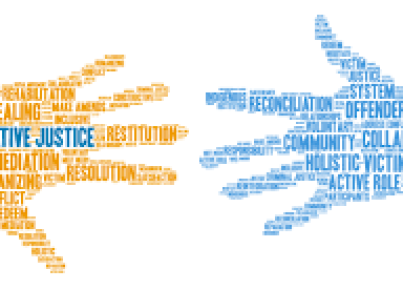Introduction:
Violence in schools has become a growing concern in recent years. For this reason, it is crucial that both educators and students are aware of the warning signs of potential violence. By understanding these indicators, prevention and intervention can become more effective in creating a safer environment for all.
1. Social withdrawal or isolation
One of the first signs of potential violence to look for is social withdrawal or isolation. Students who become increasingly detached from their peers and prefer to be alone may be struggling with severe emotional distress. This could manifest due to bullying, family problems, or other personal issues that can lead to violent outbursts.
2. Excessive feelings of rejection
A student who feels constantly rejected by their peers, teachers, or family members may exhibit warning signs of potential violence. This sense of rejection can lead students to harbor resentment, anger, and frustration, which may escalate into violent acts.
3. Frequent disciplinary problems
Students with consistent behavioral issues at school may signal a potential for violence. These students may not respond well to authority figures and could resort to violent behavior as a means of expressing their frustrations.
4. Fascination with weapons and violence
An obsession with weapons, violent movies, or video games can serve as an indicator of potential violence among students. Although not all individuals with these interests are predisposed to violent behavior, it is essential to pay close attention to those who demonstrate an unhealthy fascination with violent themes.
5. Bullying
Bullying often goes hand-in-hand with potentially violent behavior as perpetrators may seek control over others through intimidation and aggression. Moreover, victims who endure prolonged exposure to bullying are also at risk of exhibiting signs of potential violence as a reactionary measure.
6. Unprovoked anger or aggression
Unexplained fits of anger or aggression without clear triggers could suggest a student’s propensity towards violence. Such behavior highlights an individual’s difficulty in managing their emotions and can potentially escalate into violence.
7. Threats and intimidation
Students who frequently use threats or intimidation tactics towards others may display warning signs of potential violence. By making others feel fear, they seek power and control – which could escalate into a more severe situation.
8. A history of violence or abuse
Students who have a past of experiencing or inflicting violence, either at home or in previous educational environments, may be at an increased risk of resorting to violent behaviors. Being subjected to such circumstances can create a pattern that may be repeated in the future.
Conclusion:
Recognizing the warning signs of potential violence is crucial for educators and students alike. By promoting awareness and cultivating a safe environment through open communication and proactive measures, schools can provide resources and support to those facing challenges. Ultimately, understanding these warning signs is key to preventing potential violence incidents and fostering a healthy learning atmosphere for everyone involved.





